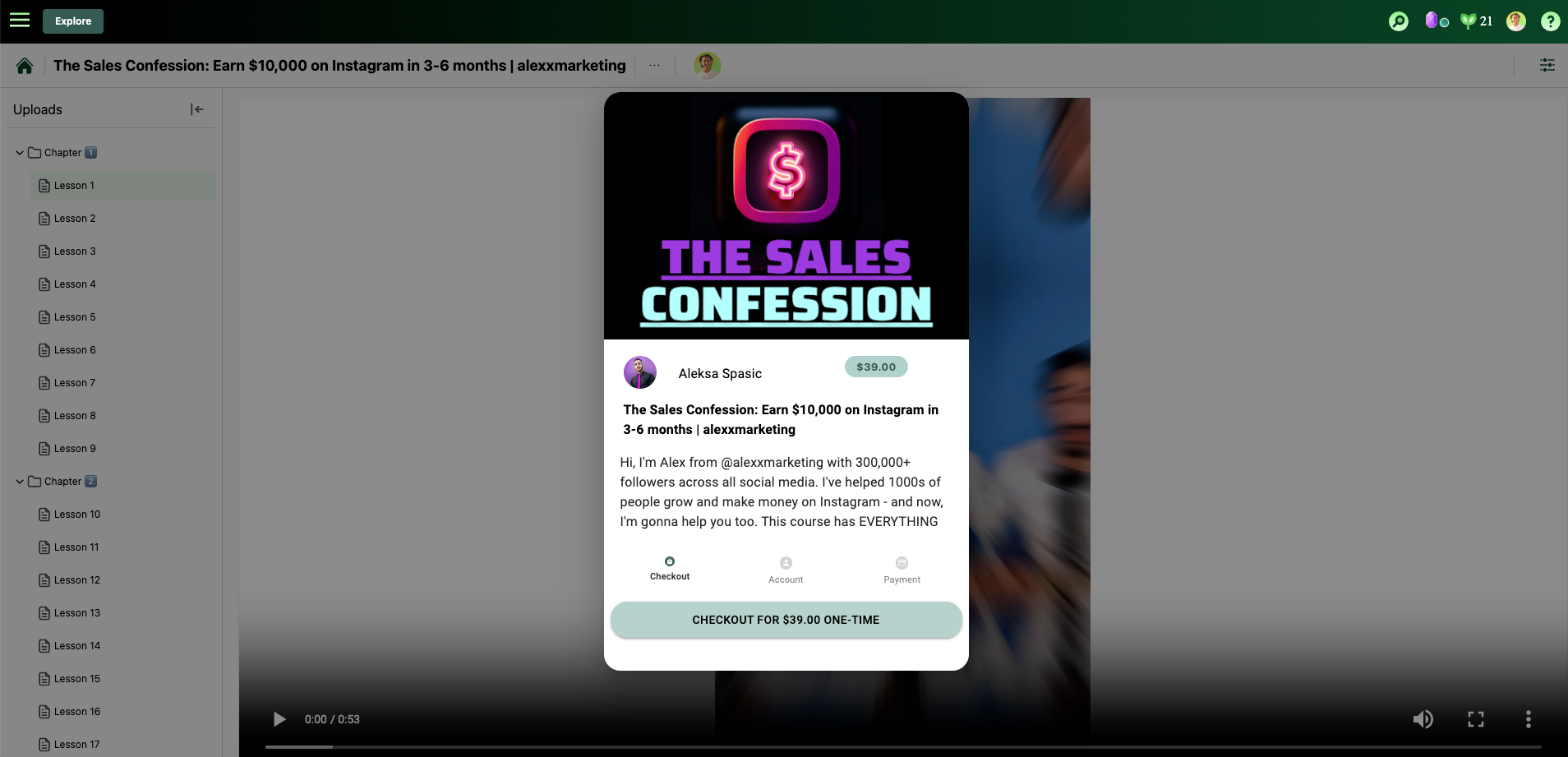Understanding How Digital Products Work

Digital products have transformed the way goods and services are consumed and distributed, creating easily approachable income opportunities for anyone looking to share their expertise. Let's delve into how digital products function and their various aspects.
What is a Digital Product and How Does it Work?
A digital product is any intangible asset or content that can be distributed electronically over the Internet. These products exist in digital form and are accessed, downloaded, or streamed online. Key characteristics include:
- Instant Delivery: Digital products can be delivered instantly upon purchase, offering convenience to consumers.
- No Physical Inventory: Unlike physical goods, digital products do not require manufacturing or shipping, reducing overhead costs and driving instant revenue for creators.
Examples of digital products include ebooks, software, music, videos, online courses, and digital art. The plethora of options is nearly endless.
What is an Example of a Digital Product?
An example of a digital product is a downloadable ebook. When a customer purchases an ebook online, they receive access to a digital file (PDF, ePub, etc.) that can be read on various devices such as e-readers, smartphones, or computers. Importantly, the delivery is immediate and does not involve physical shipping.
Do Digital Products Make Money?
Yes, digital products can be highly profitable for creators and businesses. Benefits of selling digital products include:
- Scalability: Digital products can be replicated infinitely without additional production costs.
- Global Reach: The internet allows creators to reach a global audience, maximizing market potential.
- Lower Overheads: Minimal production and distribution costs compared to physical goods translate into higher profit margins.
What are the 4 Categories of Digital Products?
Digital products can be categorized into four main types based on their nature and functionality:
- Digital Media: Downloadable or streaming media such as music, videos, movies, and podcasts.
- Digital Goods: Software, apps, games, templates, and design elements that are downloadable or accessible online.
- Digital Services: Online services such as web hosting, digital marketing, consulting, and virtual assistance.
- Digital Information Products: Educational content like ebooks, online courses, tutorials, and webinars.
Each category offers unique opportunities for monetization and caters to different consumer needs and preferences.
In summary, digital products are versatile assets that leverage technology to deliver value to consumers in a convenient and accessible manner. Embracing digital product creation and distribution can be a rewarding endeavor for individuals and businesses seeking to capitalize on the digital economy.

Start selling hubs of digital products online
Kahana is a free collaborative platform and marketplace that allows you to sell digital products online.

Talk with a Kahana representative
Fill out your information and a Kahana team representative will reach out to you. Have a simple question? Search our library of articles
